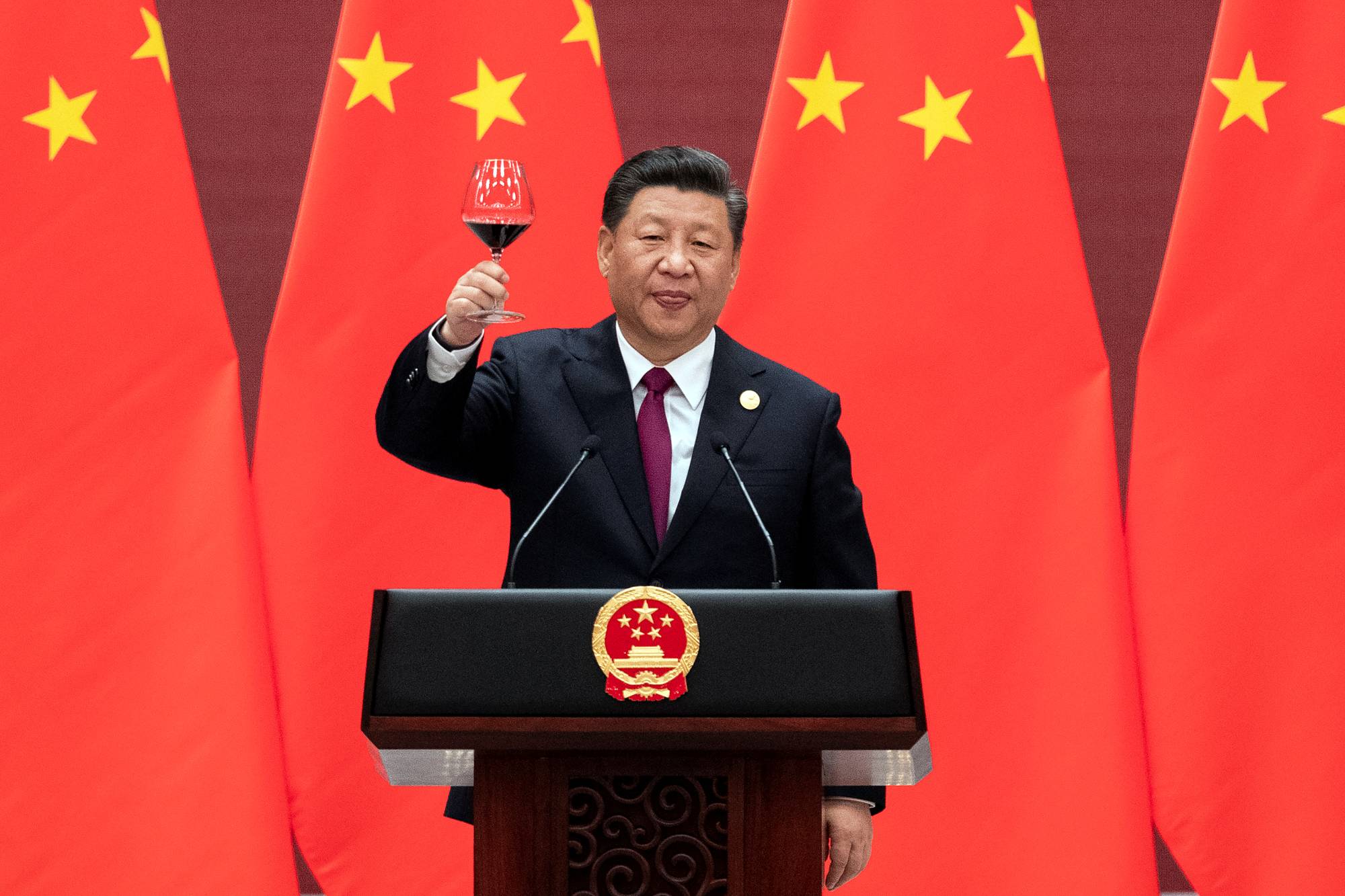It’s taken as a given that the Belt and Road initiative (BRI), China’s effort to close the world’s multitrillion-dollar infrastructure gap, is an attempt to extend Beijing’s influence throughout the world by means fair and foul. One of the most incendiary charges is that China uses BRI funds to overwhelm recipient nations, drown them in debt and then seize collateral, often strategic assets, such as mineral resources or a port. Excessive debt can be a problem, but it is not the product of a Chinese strategy. Instead, a combination of “need and greed” among creditors and recipients is to blame. Japan and other countries should focus on those enduring problems rather than BRI.
BRI was announced in 2013 and became supreme leader Xi Jinping’s signature foreign policy project. In 2017, it was written into the constitution of the Chinese Communist Party and 138 countries and 30 international organizations have agreed to participate, with announced investments to link Asia, Africa and Europe reaching some $8 trillion.
While there have been grand multilateral events to celebrate BRI, much of its workings are bilateral, and investment contracts have been negotiated in secret. It isn’t clear which Chinese aid projects are linked to BRI. It appears to have become a portmanteau term that encompasses all of Beijing’s aid. Whatever the amount, BRI opacity has generated criticism.


















With your current subscription plan you can comment on stories. However, before writing your first comment, please create a display name in the Profile section of your subscriber account page.